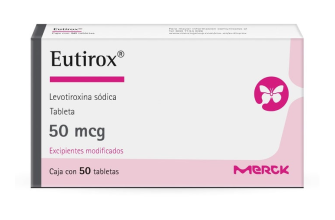Need a quick answer? Ciplactin’s primary application is treating bacterial infections, specifically those caused by Staphylococcus aureus and Streptococcus pyogenes. Always consult a doctor before use, as individual responses vary.
This guide provides concise information on Ciplactin’s mechanism of action. It inhibits bacterial protein synthesis, effectively halting their growth and reproduction. This targeted approach minimizes disruption to the body’s natural processes.
Dosage depends on the severity of your infection and your doctor’s assessment. Common side effects include mild nausea and stomach upset; however, these usually subside quickly. Report any persistent or severe side effects immediately to your healthcare provider. Remember to complete the full course of treatment, even if symptoms improve.
Important Note: Ciplactin is an antibiotic and should only be used to treat bacterial infections, not viral ones. Misuse can contribute to antibiotic resistance. Proper storage is crucial–keep it in a cool, dry place, away from direct sunlight.
Disclaimer: This information is for educational purposes only and does not constitute medical advice. Always seek professional guidance for diagnosis and treatment.










